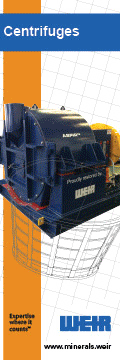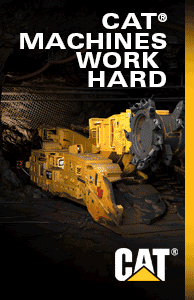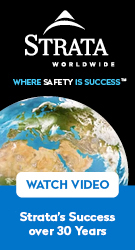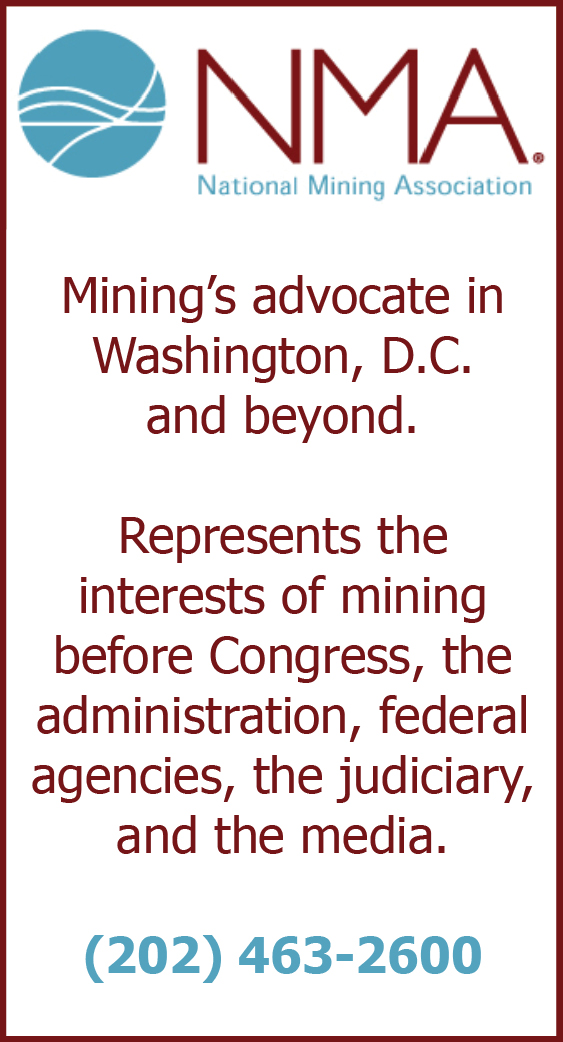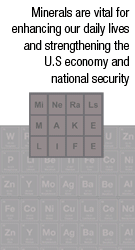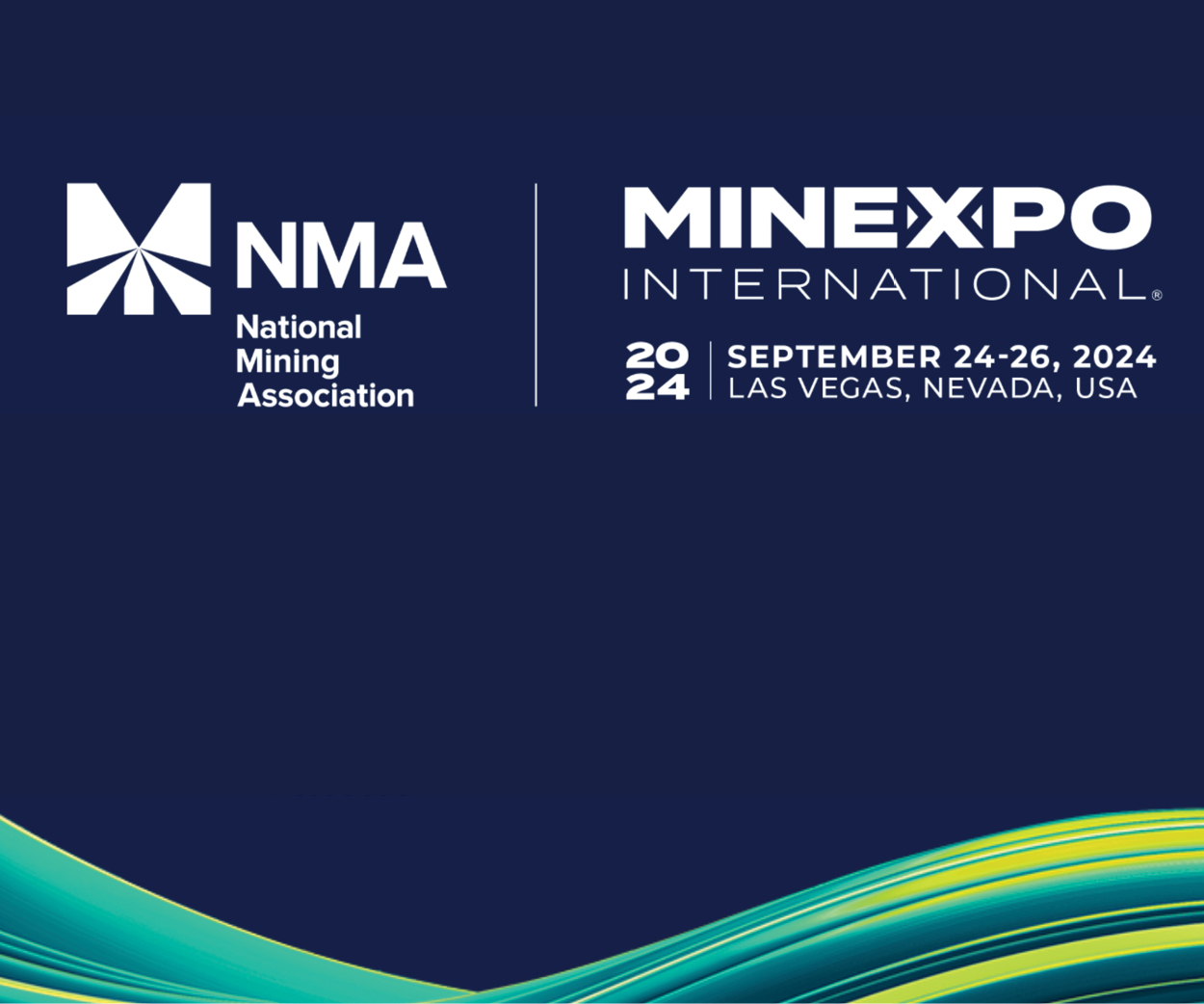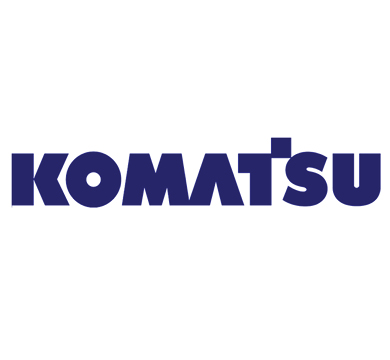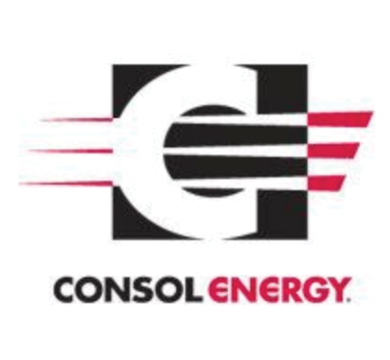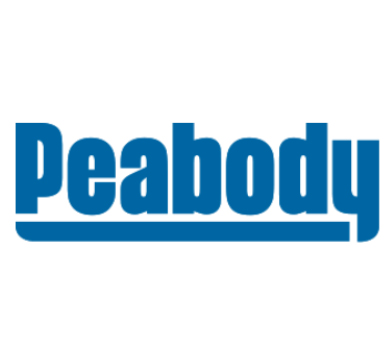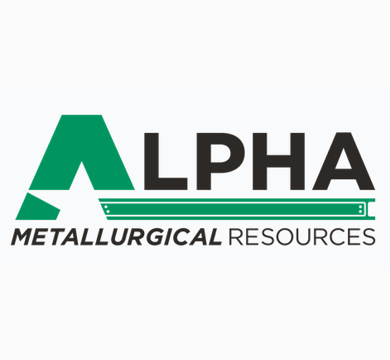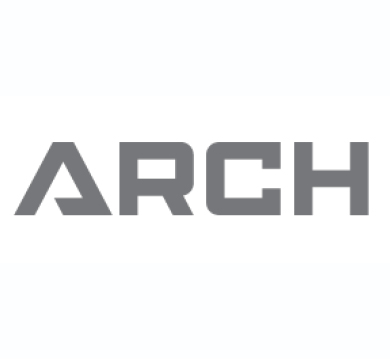Women in Mining Launch New Chapter in Montana

[Click image to enlarge]

Ashley Chancellor, Ashleigh Gordon, Lacey Morrison, Kymberly Myhre, and Kathryn Caton
[Click image to enlarge]
Women in Mining started in Denver 50 years ago, and with new chapters like Women in Mining Montana coming on board, the organization has been seeing a lot of growth in the past few years.
In 2019 Lacey Morrison was working as a mining geologist in Australia and she saw how much involvement women there had in Women in Mining Western Australia.
“And I thought, you know, I really want to bring something like this back to Montana,” said President of the WIM Montana chapter, Lacey Morrison.
When she got back to Montana, through work colleagues she connected with Ashley Chancellor, who is involved with Women in Mining USA, and the two of them started brainstorming ideas for a Women in Mining Montana chapter.
“It was a labor of love for Ashley and me. We wrote the articles of incorporation and all the bylaws, which was quite a bit of work. But we were lucky enough to have some great help getting this stuff put together,” Morrison said.
Morrison and Chancellor attended the WIM USA national conference in October 2021, and the WIM Montana chapter was officially voted into the organization.
Morrison, who is now the mine manager for Barretts Minerals talc mines near Dillon, Montana, is the president of the WIM Montana chapter. Chancellor, an environmental affairs manager for Sibanye-Stillwater in Montana, is the president of WIM USA and a national representative for WIM Montana.
One key to the success of the WIM Montana chapter and to the growth of WIM USA in recent years has been the development of a corporate membership program.
“Sibanye-Stillwater reached out to me when we were talking about forming a chapter here in Montana and said, ‘Is there a way that we can sign up a bunch of our people for Women in Mining, because we really want to be more involved in the organization,’” said President of WIM USA, Ashley Chancellor.
At that time WIM USA did not have a corporate membership program. Chancellor, who was the treasurer of WIM USA at the time, worked with WIM USA president Anita Bertisen to draft a plan for corporate membership.
“We pulled Sibanye-Stillwater in and used them as a test case for the program, and they signed up 100 of their employees,” Chancellor said.
As a result, WIM Montana quickly gained around 100 members who wanted to get involved in the organization.
Sandfire Resources Black Butte Copper then signed on as the second corporate member of WIM USA.
The WIM USA corporate membership program was developed and launched in Montana in 2021, and today there are around 50 corporate members and sustaining sponsors around the country for WIM USA. That has helped boost the membership of Women in Mining. In 2020 there were about 300 members of Women in Mining in the U.S., and now there are over 1,200 members nationwide who are involved in the organization.
“It’s just been amazing to see the growth,” Chancellor said.
As of June 2023, WIM Montana had 119 members, most of them from Sibanye-Stillwater.
WIM MONTANA’S EVENT AND RESOURCES
Since starting a couple of years ago, WIM Montana has been busy. They have hosted a variety of events, career development programs and community outreach and youth activities. Last summer WIM Montana and SME, the Society for Mining, Metallurgy & Exploration, co-hosted an event with Montana’s U.S. Rep. Ryan Zinke as the guest speaker.
“It was really good to have him there engaging about the broader picture and scope of critical minerals, and how key Montana especially is to the critical mineral supply within the U.S. from a national security and independence standpoint. I think that was one of our big highlights,” Chancellor said.
For this summer’s annual event, WIM Montana worked with the board of the Montana Mining Association. After the inception of WIM Montana, the Montana Mining Association reached out and offered the organization a position on the board of directors, so Morrison is now on the association’s board.
Montana is large, although most of the mining takes place along the I-90 corridor that runs across the southern portion of the state, and most of the events hosted by WIM Montana take place in that area. It can be a long drive to get to an event, so WIM Montana usually offers a virtual option.
Morrison and Chancellor have also attended legislative receptions to visit with state legislators. And members of WIM Montana have also set up booths at several conferences in the state.
“We’ve gained a lot of membership and sponsorship through those conferences,” Morrison said.
Last September Chancellor and WIM Montana Vice President Erin Bennett went to Montana Tech in Butte to hold a resume workshop. They reviewed draft resumes and did mock interviews with students. Around 20 to 30 students took advantage of the opportunity to work on their resumes.
“I’m hoping that this year it can be even bigger and better. We want to get that key engagement with students and give them the support they need in order to get that next generation of miners into the industry,” Chancellor said.
Morrison said they are working on increasing their collaboration with the WIM student chapter at Montana Tech to help them with their growth and activities.
ENGAGING THE NEXT GENERATION
WIM Montana has hosted several children’s activities to give young people the opportunity to learn about mining. In December WIM Montana had a booth at the Laurel Christmas Stroll where children could paint pet rocks.
“And we had some fact sheets about rocks and Women in Mining. It was an outreach event that was fun and gave kids a little craft activity to do. That was a huge hit,” Chancellor said.
Sibanye-Stillwater and Wheaton Precious Metals have helped to sponsor a STEM (Science, Technology, Engineering, and Math) program for the Girl Scouts of Montana and Wyoming, and the Montana and Wyoming Girl Scouts now have a new STEM van which is “equipped to engage girls, across 245,000 square miles of our council, in a girl-led and girl-focused immersive environment that will include 3D printing, drones, robotics, virtual reality, coding, microbiology, space science, and much more.”
People with Sibanye-Stillwater and WIM Montana have gone to a STEM van event to help with a “cookie mining” activity for children.
“It teaches kids about the economics of mining,” Chancellor said.
Each child gets to take a cookie which will be their ‘mine’. They can choose either a more expensive cookie with more chips in it, or a less expensive cookie. Then they map their mine by drawing the shape of their cookie on a piece of grid paper, and they count the number of squares that their mine impacts. They purchase tools, either toothpicks or paper clips, and then they have a limited amount of time, usually five minutes, to dig all the good stuff — the chocolate chips — out of their cookie mine.
When they are done, they count their chocolate chips, and then they try to fit all the pieces of the cookie without the chips back into the circle on their grid paper.
“So, they look at not just at how much it costs to buy the mine — or the cookie — and the tools, but also the importance of needing to make sure that you’re leaving your cookie as close to the way you found it as possible. That’s an education on reclamation and why that’s important,” Chancellor said.
“It lasts all of five minutes, and then they get to tally up all their expenses and all their profit, and then they see how much they made. It’s a lot of fun and kids seem to really enjoy it,” added Chancellor.
For older young people who may be getting ready to head toward a career in mining, this year WIM Montana is working on establishing a scholarship fund.
“That’s always been a goal for us as we get our feet under us. We’ll look to probably offer a scholarship next spring,” Morrison said.
THE IMPORTANCE OF MENTORSHIP
WIM USA has just launched a new mentorship program for members. Chancellor said she was sending and receiving a lot of emails as they finalized the details. Caterpillar is supporting the funding of the program.
“All of our professional and student members can sign up either as a mentor or a mentee or both,” Chancellor said.
“It gives you the ability to connect with your mentor or mentee in the program and talk about a variety of topics like work-life balance, career development moves, or transitioning from one type of career in the industry to another,” added Chancellor.
RECRUITING AND RETAINING WOMEN IN MINING
A lot of the missions and objectives of Women in Mining, Morrison said, revolve around the fact that women continue to be hugely underrepresented in the mining industry. It is estimated that the global mining workforce is about 8 to 17 percent women.
One big mission of Women in Mining is getting more women interested in mining and changing people’s legacy perceptions of mining.
“That’s maybe the biggest thing to overcome is getting the idea of what people perceive as mining out of their head, so they can actually see what modern mining looks like,” Morrison said.
Another major focus is helping women to continue in mining once they have gotten into the industry.
A 2021 study by McKinsey & Company focused on “Why women are leaving the mining industry and what mining companies can do about it.” The report said the mining sector is attracting a fairly large number of women, with about 40 percent of the entry-level roles being filled by women. However, a relatively large number of women decide to leave mining, often within about five to seven years of entering the industry.
“The drop-off from entry level to executive for females in mining is among the most dramatic across all industries we studied,” the McKinsey report said.
“The top reasons for leaving the industry are feeling that work is no longer intellectually challenging and having the perception that there are fewer advancement opportunities than there are for their male colleagues. There is a sense that opportunities for operational experience and frontline mentorship are created proactively for men, while women are expected to have acquired frontline experience ‘elsewhere’ in order to qualify for advanced technical and leadership roles. Women who return to school to further their expertise feel that their academic skills are underutilized and undervalued, negating their investment in advanced education. There is also a perception that operational experience is rated more highly than advanced qualifications when it comes to attaining advanced technical and leadership roles, but women struggle to access the same ‘steppingstone’ operational roles as men do in the same organizations,” the McKinsey report said.
The networking facilitated through Women in Mining, and programs like the new WIM USA mentorship program, can help women consider different kinds of opportunities for their career path in mining, which may help them to decide to stay in the mining industry.
“I think that one thing that mentorship can help with is opening people up to ideas of different paths, different opportunities, different resources to help them stay in the industry,” Chancellor said.
“That can help them leverage their individual skills and competencies to really become successful, instead of getting stuck in this rigid kind of traditional advancement structure,” Chancellor added.
Chancellor is on the International Women in Mining Alliance Steering Committee, and one of the new projects they are working on with WIM USA focuses on inclusive workplace design.
“We’re looking at how do we make workplaces more inclusive, in everything from policies and procedures, signs, language, abilities, everything across the board,” Chancellor said.
Some of the changes which could take place at worksites might include adjusting the ergonomics of machinery, and making sure there are supplies and equipment available which are designed for women.
Chancellor said Women in Mining USA has entered into an alliance agreement with the Mine Safety and Health Administration, and an initiative they have kicked off within the last few months as part of this agreement involves sourcing women-sized personal protective equipment and making the PPE available at mine sites.
To help support workplace inclusivity efforts, WIM USA is developing symbols of exclusion audit program. The program is still in the beta testing phase.
Chancellor worked for Newmont for 11 years, and some of the language for the symbols of exclusion audit program was borrowed from the program which is in place at the Cripple Creek & Victor Mine in Colorado.
“It’s just a good basic set of things to look at,” Chancellor said. She said the new program being developed by WIM USA and International WIM will help to bring these good inclusivity ideas to mining operations around the world.
Morrison said that currently, Montana is probably on the very bottom end of the 8 to 17 percent range when it comes to the number of women in mining in the state. Morrison said that at some of the smaller mining operations around the state, the number of women in the workforce is well under 10 percent.
With all the work being done by the members of WIM Montana to help girls and women learn about the mining industry, and increase inclusivity in the workplace, and help women miners consider a variety of options for their career paths, the number of women in mining in Montana, as well as across the country and around the world, may be increasing in the years ahead.
By: Tim Burmeister, Elko Daily Free Press





